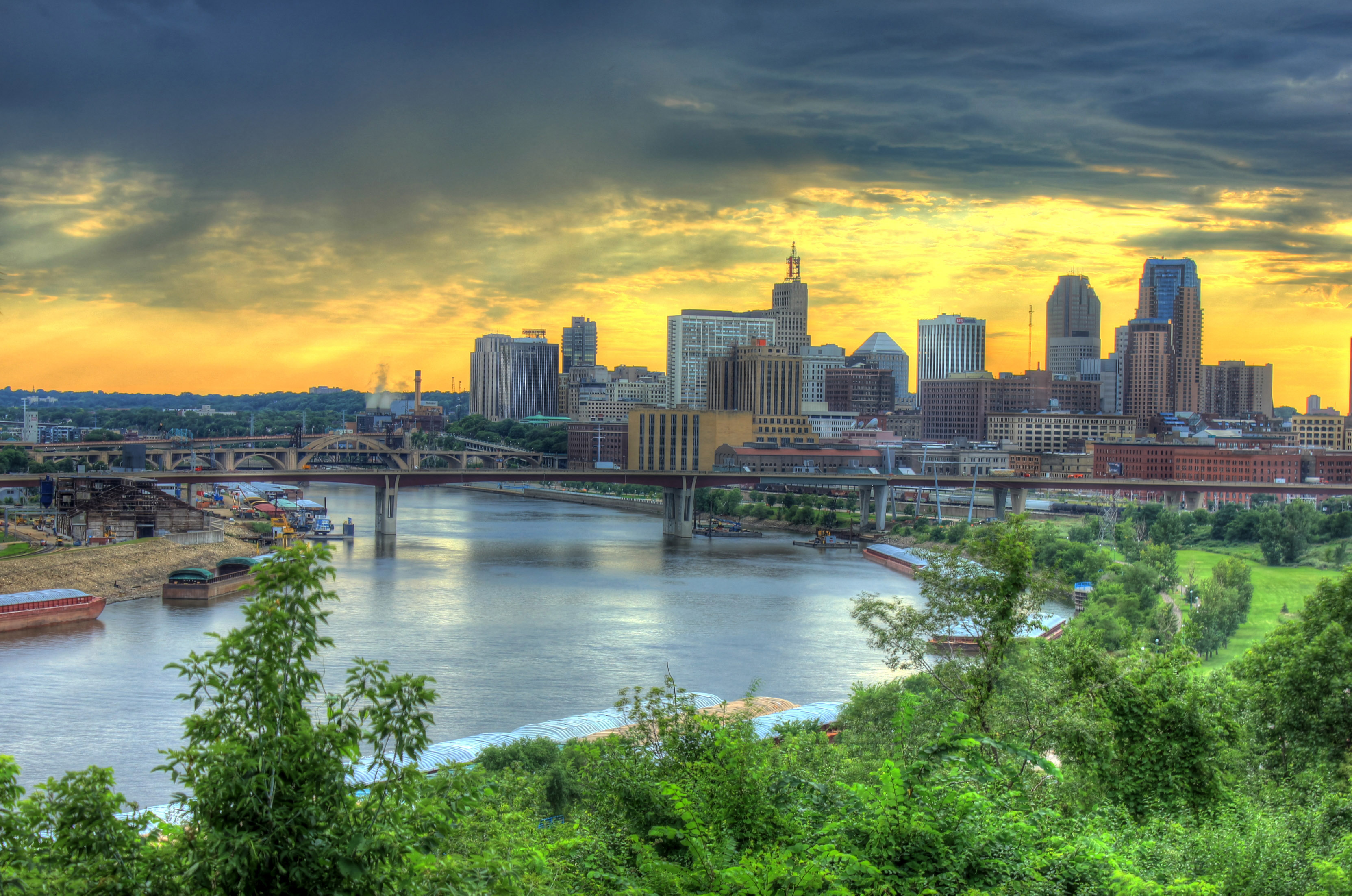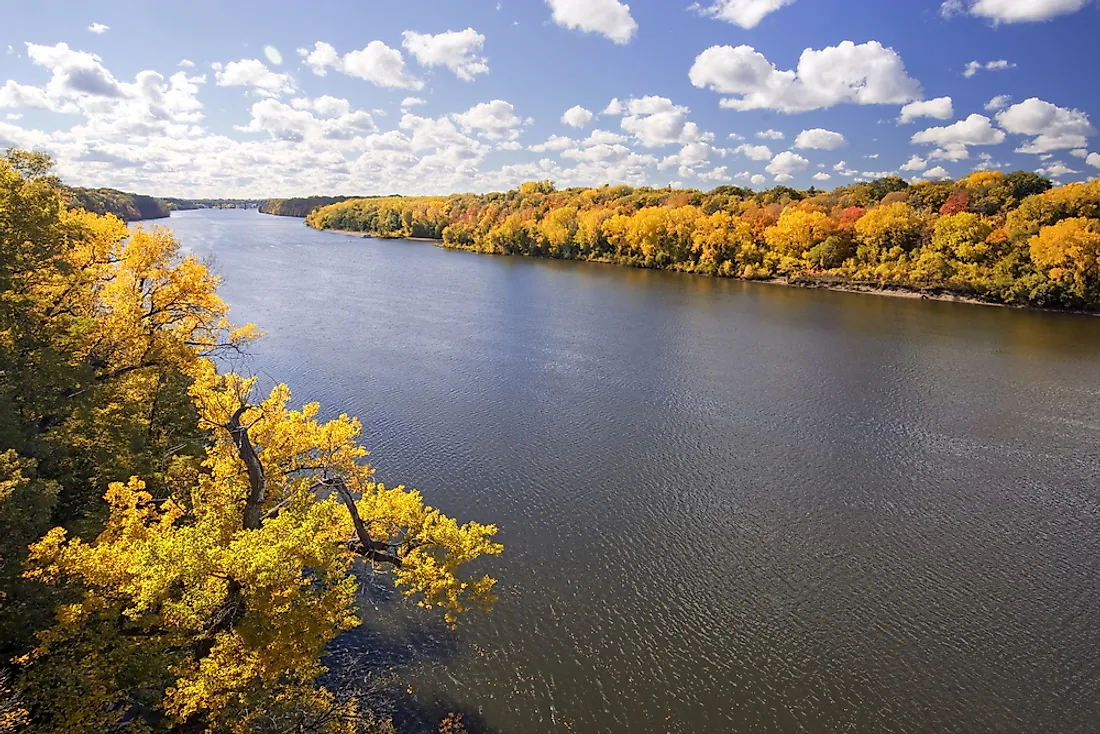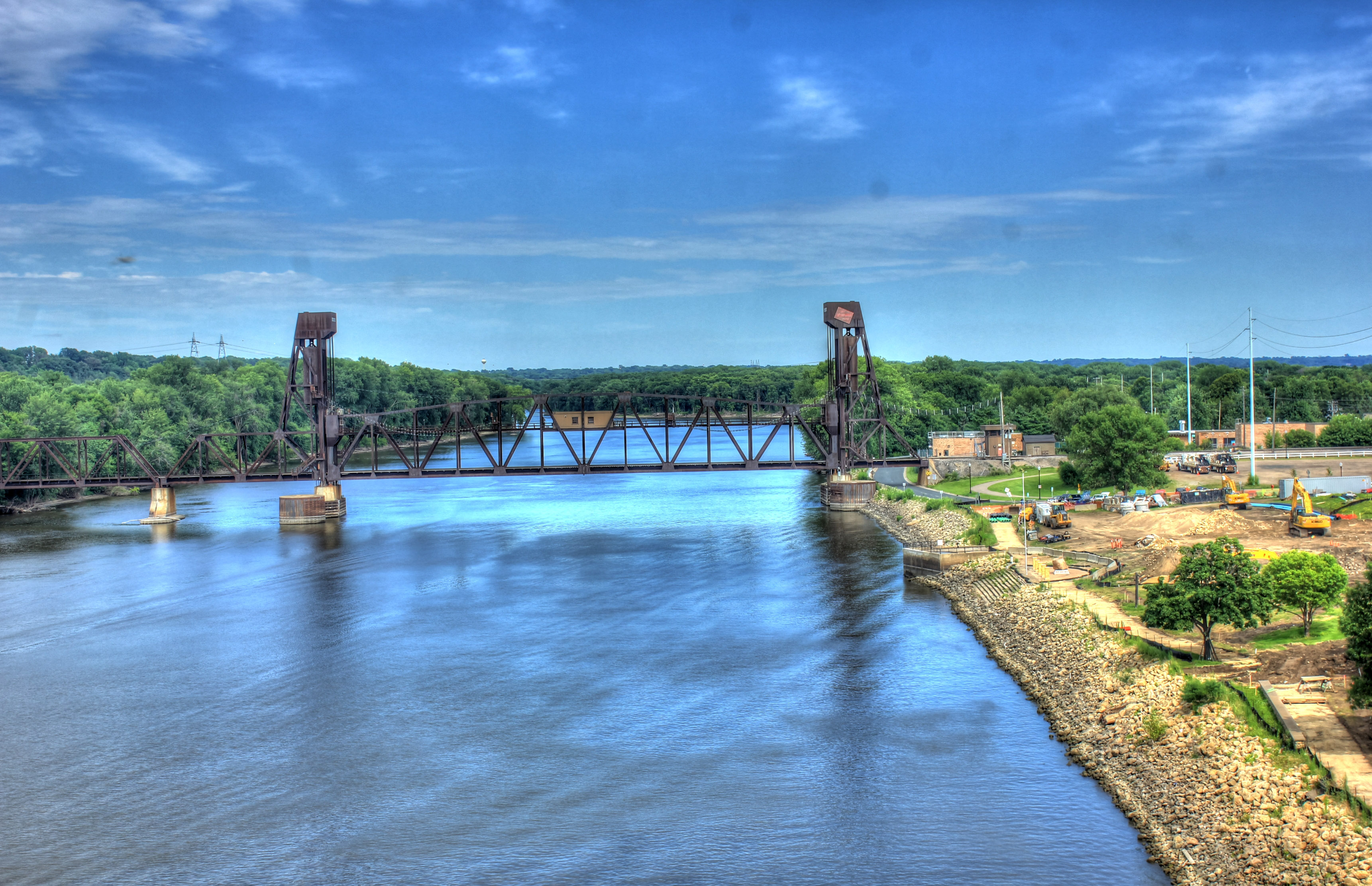Minnesota River’s Historical Significance

The Minnesota River, a tributary of the Mississippi River, has played a pivotal role in shaping the history of Minnesota. It has served as a vital waterway for transportation, trade, and settlement, while also holding deep cultural significance for Native American tribes.
The Minnesota River, a serpentine waterway meandering through the heart of the Midwest, plays a pivotal role in the region’s ecosystem. Its waters nurture a diverse array of flora and fauna, providing sustenance and habitat for countless species. Along its course, the river encounters the Rapidan Dam, a historic structure that has shaped the river’s flow for generations.
Located here , the dam regulates the river’s water levels, ensuring a steady supply for downstream communities and industries. As the Minnesota River continues its journey, it carries with it the legacy of the Rapidan Dam, a testament to human ingenuity and the enduring bond between water and life.
For thousands of years, the river has been a central gathering place for indigenous communities, providing sustenance through fishing, hunting, and agriculture. The Dakota, Ojibwe, and other tribes established villages along its banks, utilizing its resources and developing a rich cultural heritage connected to the river.
The Minnesota River, a waterway teeming with life, has witnessed countless events throughout history. One such incident, the rapidan dam break , forever etched itself into the river’s annals. The dam’s collapse unleashed a torrent of water, reshaping the river’s course and leaving an enduring legacy on the surrounding landscape.
Today, the Minnesota River continues to flow, a testament to its resilience and the enduring power of nature.
Exploration and Settlement
In the 17th century, European explorers, including French fur traders and missionaries, began venturing into the Minnesota River Valley. They recognized the river’s strategic importance and established trading posts and settlements along its course.
As settlers arrived in the 19th century, the river became a major transportation route for goods and people. Steamboats navigated its waters, carrying agricultural products and supplies to markets in St. Paul and beyond. The river also played a significant role in the development of the Twin Cities, as Minneapolis and St. Paul emerged as industrial and commercial centers connected by the river’s flow.
Ecological Importance of the Minnesota River

The Minnesota River plays a crucial role in sustaining the ecological balance of the region. Its diverse ecosystems support a wide array of plant and animal life, contributing significantly to the overall biodiversity of the area.
The river’s meandering course creates a mosaic of habitats, including wetlands, prairies, and forests. These habitats provide shelter, food, and breeding grounds for numerous species, including migratory birds, fish, amphibians, and mammals.
Water Quality Maintenance
The Minnesota River serves as a natural filter for the region’s water supply. Its slow-moving waters allow sediments and pollutants to settle out, improving water quality downstream.
The river’s riparian vegetation also plays a vital role in water purification. The plants absorb nutrients and filter out pollutants before they enter the river, helping to maintain a healthy aquatic ecosystem.
Endangered and Threatened Species
The Minnesota River basin is home to several endangered or threatened species, including:
- Piping plover (Charadrius melodus)
- Blanding’s turtle (Emydoidea blandingii)
- Least tern (Sternula antillarum)
- Dakota skipper (Hesperia dacotae)
These species are highly sensitive to habitat changes and pollution, making the preservation of the Minnesota River’s ecosystem essential for their survival.
Recreational Opportunities on the Minnesota River

The Minnesota River offers a wide range of recreational opportunities for outdoor enthusiasts of all ages. From fishing and boating to camping and hiking, there’s something for everyone to enjoy along this scenic waterway.
Fishing
The Minnesota River is home to a variety of fish species, including walleye, northern pike, bass, and catfish. Fishing is a popular activity along the river, and there are many public access points where anglers can launch their boats or cast a line from shore.
Boating
The Minnesota River is a great place to go boating, whether you’re interested in fishing, water skiing, or just cruising along the river. There are several boat launches along the river, and you can also rent boats from a number of marinas.
Camping, Minnesota river
There are several campgrounds located along the Minnesota River, offering a variety of camping options from primitive campsites to RV hookups. Camping is a great way to experience the river’s natural beauty and enjoy the outdoors.
Hiking
There are several hiking trails located along the Minnesota River, offering a variety of hiking options from easy walks to challenging hikes. Hiking is a great way to explore the river’s natural beauty and get some exercise.
Interactive Map
To help you plan your next recreational adventure on the Minnesota River, we’ve created an interactive map highlighting recreational hotspots. The map includes information on fishing spots, boat launches, campgrounds, and hiking trails.
Flowing through the heart of Minnesota, the minnesota river carves a path of serene beauty. Its meandering waters reflect the changing seasons, from the vibrant hues of autumn to the icy stillness of winter. As it journeys towards the Mississippi, the minnesota river weaves a tapestry of life, connecting communities and nourishing the land.
The Minnesota River, a tributary of the Mississippi, meanders through picturesque landscapes. Its flow was forever altered by the tragic Rapidan Dam break in 1924. The dam’s collapse unleashed a torrent of water, reshaping the river’s course and leaving an indelible mark on the region’s history.
Today, the Minnesota River continues to flow, carrying with it the echoes of the past.
The Minnesota River, a tributary of the Mississippi, meanders through the heart of Minnesota. Its flow is regulated by several dams, including the Rapidan Dam, which is located here. The dam’s presence affects the river’s ecosystem, creating a unique habitat for aquatic life.
As the river continues its journey, it provides sustenance to various communities and ecosystems along its banks.